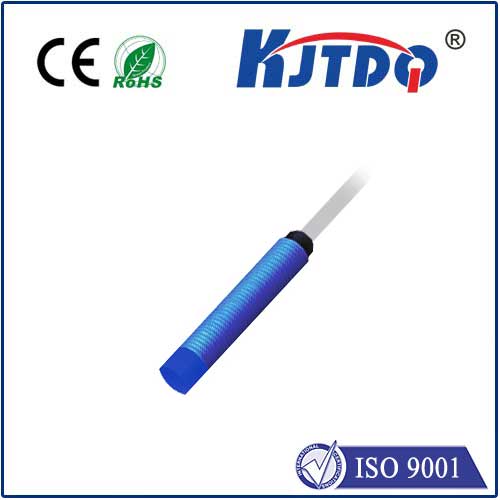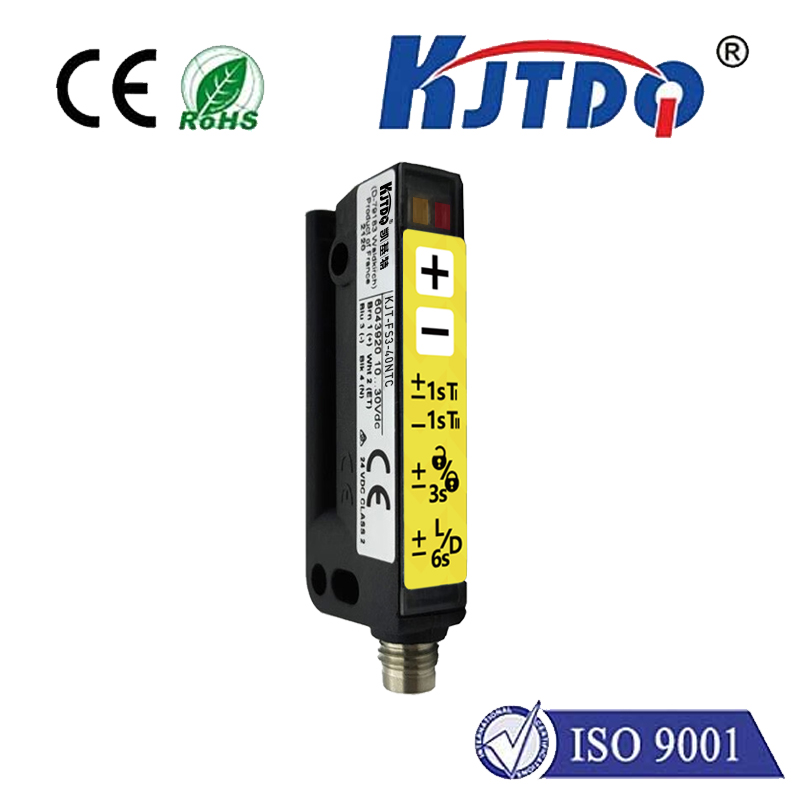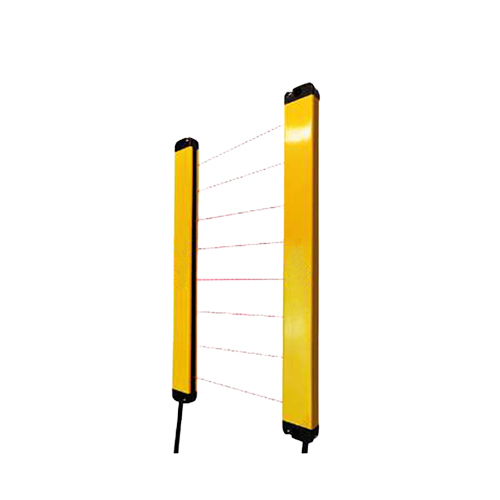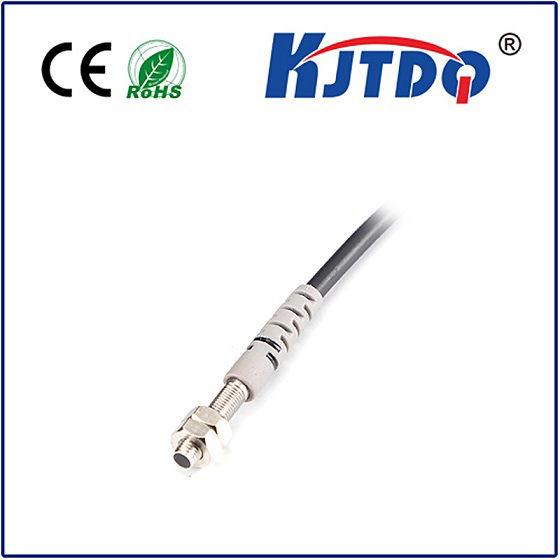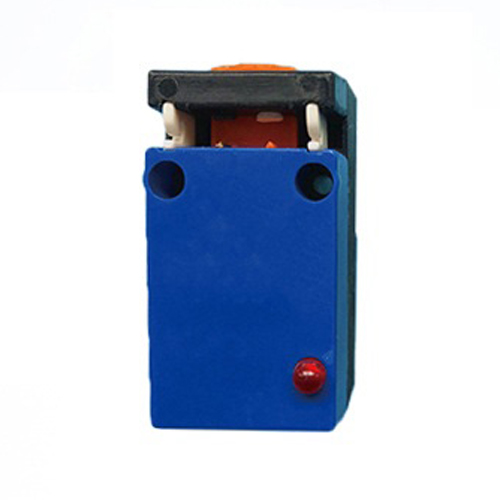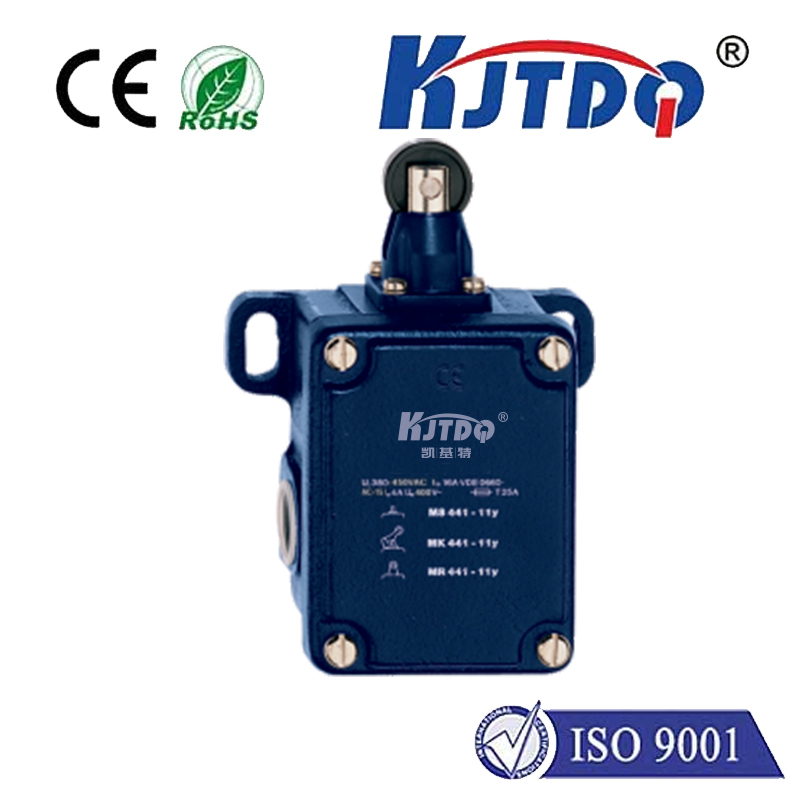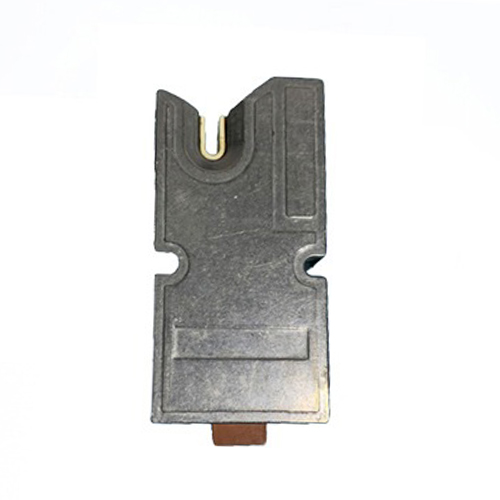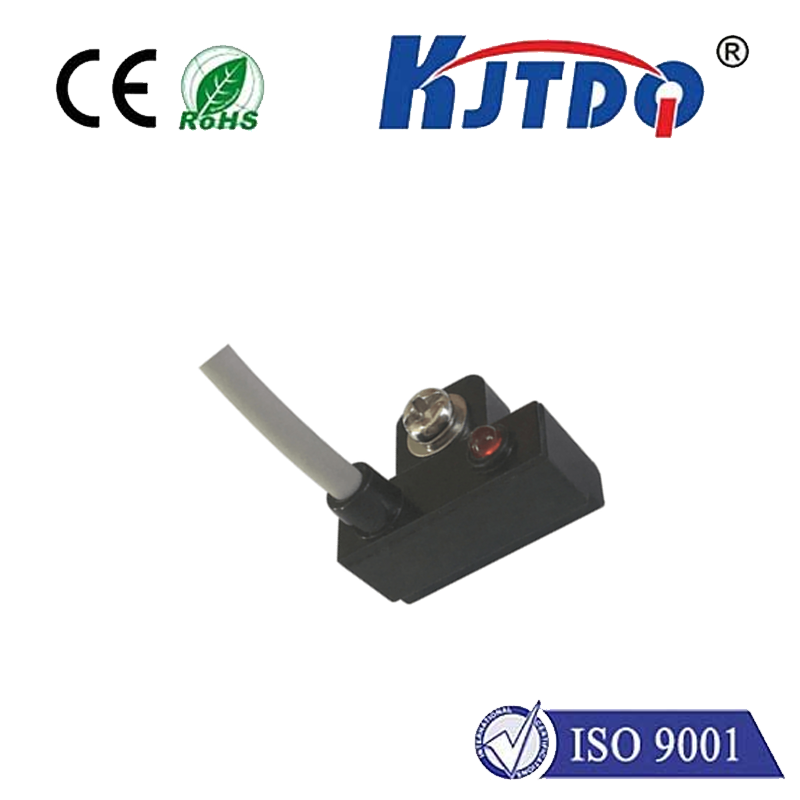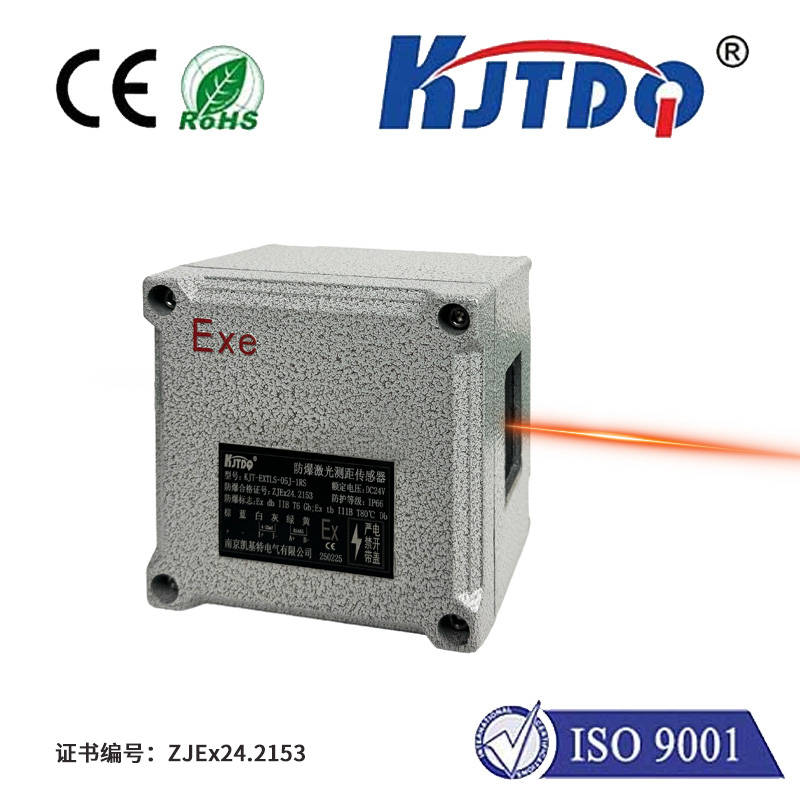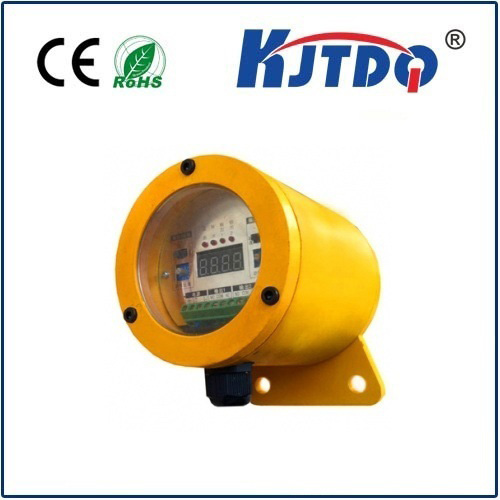BES03HK proximity sensor
- time:2025-10-14 04:42:02
- Click:0
Unlocking Precision: The Power of BES03HK Proximity Sensors
Imagine machinery that seamlessly anticipates movement, automated doors that open with graceful precision, or robots that navigate complex environments without collision. This unseen choreography, fundamental to modern automation and smart devices, often relies on a critical unsung hero: the proximity sensor. Among these, the BES03HK proximity sensor stands out as a particularly versatile and robust solution. This article delves into the core functionality, diverse applications, and compelling advantages of this specific sensor type, highlighting why it’s a preferred choice across numerous demanding industries.
Understanding the Core Principle: Inductive Sensing
At its heart, the BES03HK is an inductive proximity sensor. Its operation hinges on a beautifully simple yet effective electromagnetic principle. The sensor contains an internal oscillator circuit that generates a high-frequency alternating magnetic field. When a conductive metal object (typically ferrous metals like iron or steel, though some models detect non-ferrous metals at reduced ranges) enters this field, it disturbs the field’s lines of force. This disturbance, induced by eddy currents generated within the target metal, causes a measurable change in the oscillator’s amplitude or frequency. The sensor’s onboard electronics detect this precise change and trigger an electronic switch – usually solid-state (like a transistor) – signaling the object’s presence. Crucially, all this detection happens without any physical contact, making these sensors wear-free and exceptionally reliable.
Where the BES03HK Shines: Diverse Applications

The non-contact nature, solid-state reliability, and ability to detect metal objects through common non-metallic materials (like thin plastic, wood dust, or light oil films) make the BES03HK proximity sensor indispensable in numerous scenarios:
- Industrial Automation & Manufacturing:
- Position Detection: Verifying the presence or absence of metal parts on conveyor belts, pallets, or within assemblies. “Is the component seated correctly?”
- End-of-Travel Sensing: Detecting when cylinders reach their fully extended or retracted positions with pinpoint accuracy.
- Machine Safety: Ensuring guards are correctly closed or tools are clear before a machine cycle begins.
- Object Counting: Tallying metal items moving along a production line, crucial for inventory control.
- Speed Monitoring: Sensing gear teeth or rotating shafts to calculate rotational speed.
- Automotive:
- Assembly Line Control: Precise detection of vehicle chassis and components during robotic welding or painting sequences.
- Fluid Level Sensing (indirect): Detecting the float position in tanks (if the float contains a metal target).
- Suspension & Gearbox Monitoring: Sensing component positions or rotational states.
- Material Handling & Packaging:
- Conveyor Jam Prevention: Detecting pile-ups of metal containers or components.
- Forklift Guidance: Sensing pallet positions or racking structures for automated guided vehicles (AGVs).
- Sorting Systems: Identifying metal packages or components for correct routing.
- Consumer & Commercial Equipment (Enhanced Robustness):
- Elevator/Door Position: Detecting car or door positions accurately and reliably.
- Vending Machines: Verifying coin entry or product dispenser positions.
- Appliance Safety: Ensuring lids or panels are securely closed before operation.
Technical Traits that Define BES03HK Performance
While specific specifications can vary slightly between manufacturers offering sensors labeled BES03HK, they typically share defining characteristics that underscore their utility:
- Sensing Range: Often rated around 8-18mm for standard ferrous targets (like mild steel). This effective sensing distance is a critical factor for application design.
- Output Configuration: NPN Normally Open (NO) is a very common output type, meaning the sensor’s output transistor switches the load to ground when an object is detected. PNP versions are also available.
- Connection Style: Frequently features a pre-wired cable (e.g., 2m long), simplifying installation compared to connectors requiring separate plugs, though connector versions exist.
- Housing Material: Robust Nickel-plated brass or high-quality plastic housing provides excellent resistance to impacts, vibration, and many industrial chemicals, ensuring exceptional longevity even in harsh conditions.
- Environmental Resilience: Typically rated IP67 or higher. This ingress protection rating signifies outstanding protection against dust ingress and temporary immersion in water (up to 1m for 30 mins), making the BES03HK perfect for washdown environments, dusty factories, or outdoor applications.
- Electrical Ratings: Standard operating voltage often ranges from 10-30V DC, compatible with most industrial control systems. Current output capacity is sufficient for directly piloting PLC inputs or controlling small relays.
- Temperature Range: Designed to operate reliably within a wide ambient temperature range (e.g., -25°C to +70°C), suitable for demanding global applications.
Key Advantages: Why Choose the BES03HK?
Choosing the BES03HK proximity sensor offers distinct benefits that translate directly into operational efficiency and reliability:
- Contactless Operation: Eliminates mechanical wear and tear, leading to a dramatically extended operational lifespan and minimal maintenance requirements compared to mechanical switches. This is a major cost saver.
- High Reliability & Repeatability: Solid-state design ensures millions of operations with consistent, dependable performance. Its precision in sensing metallic objects is a cornerstone of robust automation.
- Robust Construction: The combination of durable nickel-plated brass housing and high IP ratings guarantees resilience against shock, vibration, dust, moisture, and oils, allowing deployment in the toughest industrial settings.
- Fast Switching Speeds: Capable of detecting objects moving at high speeds, enabling precise timing control in dynamic processes far beyond the capability of mechanical limit switches.
- Resistance to Contaminants: Unlike optical sensors, the BES03HK’s inductive principle is largely unaffected by the presence of dirt, dust, sawdust, smoke, or non-conductive films covering the target or the sensor face. This immunity is crucial in messy industrial environments and significantly reduces false triggers. Its ability to “see through” grime is a game-changer.
- Simplified Integration: The often pre-wired design and standardized mounting options (typically M12 or M18 threaded barrels) make installation quick and straightforward.
Conclusion: A Foundational Component for Modern Sensing
The BES03HK proximity sensor exemplifies the power and versatility of inductive sensing technology. Its blend of ruggedness, reliability, non-contact operation, and immunity to common environmental challenges makes it an essential component across a vast landscape of industrial, automotive, and commercial applications. Whether ensuring safety on a high-speed assembly line, guaranteeing precise positioning in robotic systems, or enabling reliable object detection in demanding outdoor settings, the BES03HK continues to prove its worth as a fundamental building block of efficient, automated, and intelligent systems. Understanding its capabilities and advantages empowers engineers to design solutions






